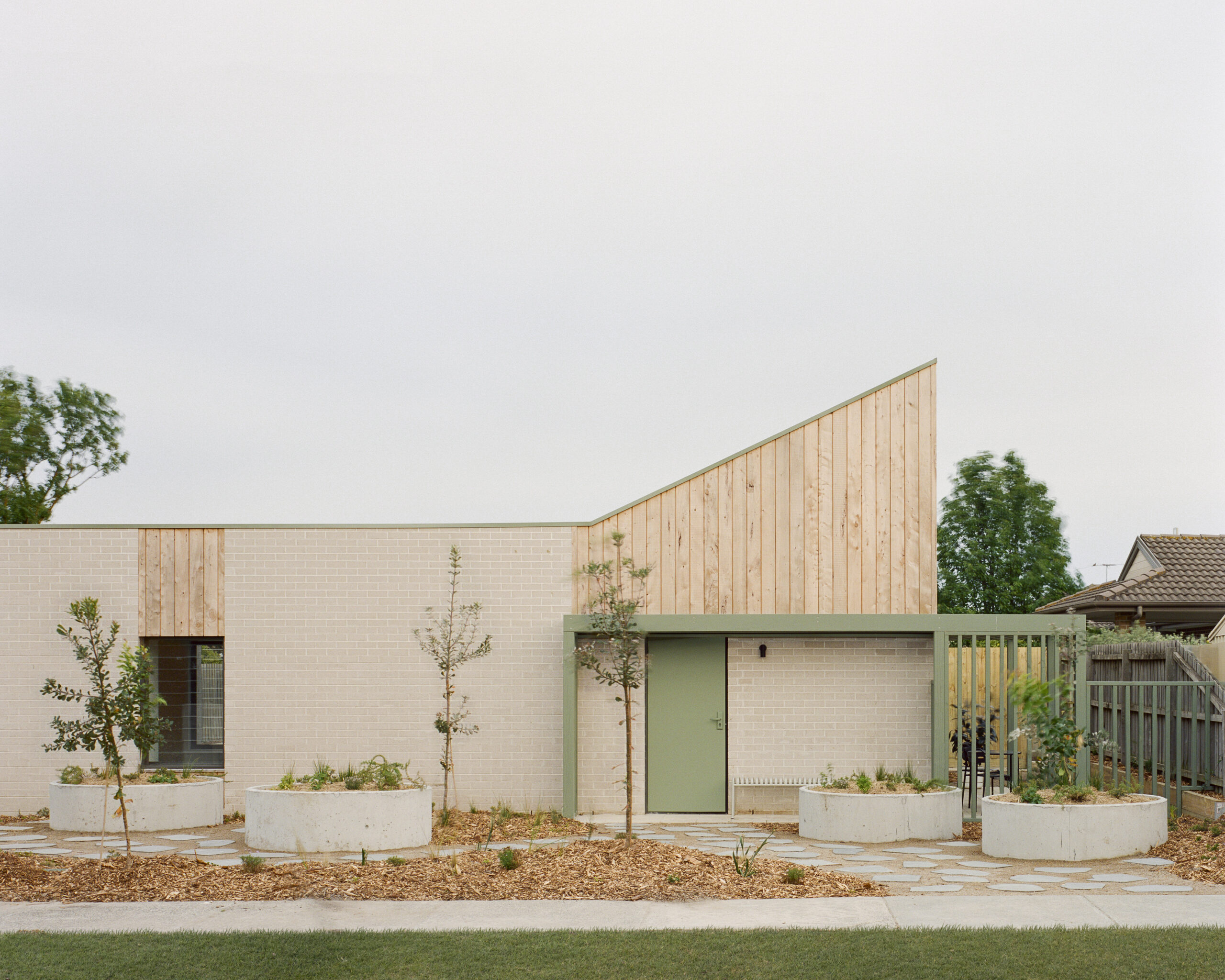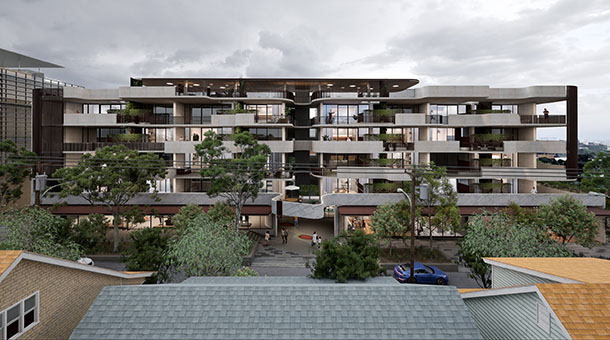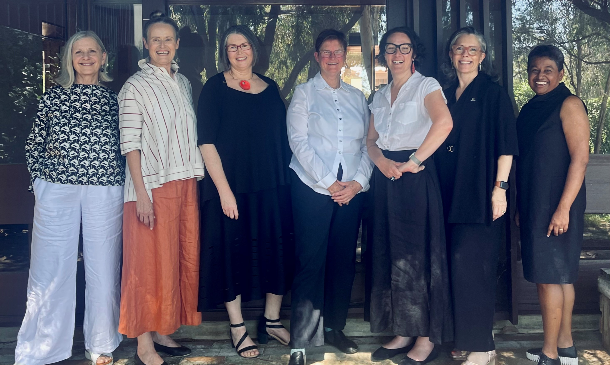Measures and new funding to accelerate Australia’s journey down the path to a carbon neutral future were among the most pronounced absences in last week’s ‘big-spending’ Federal Budget.
Australian Institute of Architects CEO, Julia Cambage, said that continuing to sideline action on the climate crisis and environment, including alarming declines in biodiversity, was not sustainable.
“Australia’s Government continues to dig its ideological heels in, refusing to get with the program and use the COVID-19 crisis as an opportunity to drive a green-led economic recovery,” Ms Cambage said.
“Australia is currently bottom of the class among the world’s 50 largest economies to progress a green recovery, as the UN environment program has highlighted.
“We’re increasingly ostracised while a growing number of our allies including national leaders such as US President, Joe Biden, along with the International Monetary Fund and the United Nations, have committed strongly to a green recovery to kick-start economic growth.
“While the rest of the world has been using the unprecedented conditions created by COVID-19 as an opportunity for large-scale reform, transforming adversity into an opportunity for lasting change, just 30 cents in every $100 of FY22 budget spending is dedicated to addressing the climate crises – or 0.3% of the total. This is projected to fall further from 2022-23 to 0.2%.”
The Institute says the lack of funding is particularly alarming in the context of last year’s Final Report of the Independent Review of the Environment Protection and Biodiversity Conservation Act 1999 (EPBC Act).
The report confirmed that “Australia’s natural environment and iconic places are in an overall state of decline and are under increasing threat… The current environmental trajectory is unsustainable.”
The review proposed wholescale reform of the legislation and regulatory framework to protect Australia’s unique environment and heritage and warned that failing to act on its recommendations would mean accepting “the continued decline of our iconic places and the extinction of our most threatened plants, animals and ecosystems.”
Architects have born witness to these failings time and again in the communities in which we practice and on processes regarding iconic heritage sites such as Sirius or Anzac Hall.
“Many sectors of Australia’s economy – from banking to agriculture to property with architects leading the charge – have forged ahead in the absence of government support toward a carbon neutral future,” Ms Cambage said.
“It is past time that the Australian Government got on board – as every state and territory government has – together with many local councils in committing to, and taking action towards, net zero carbon.
“Heading into a federal election year, it’s time government put to one side what it considers most politically palatable or expedient and focused on the future health and wellbeing of its people for whom the effects of the climate crisis become more apparent every year.”
Summary of 2021-22 spending on climate change and the environment:
- “Gas-fired recovery”: $58.6m in new funding for the gas industry over four years for expanding pipelines, a new gas import terminal, gas storage facilities and a gas supply hub at Wallumbilla in Queensland; a further $24.9m for new gas-fired power plants to become “hydrogen-ready” and $30m to support early works on a new gas-fired power station. As yet there is no money for a new $600m publicly owned gas plant in the Hunter Valley, which the government has threatened to build if the private sector fails to commit to building new gas generators to replace the Liddell coal plant when it closes in 2023.
- Fossil Fuels: $279.9m over a decade to establish a “below baseline crediting mechanism” to help big emitters reduce energy consumption and emissions. How this initiative is implemented will be critical and remains unknown. There was also $50.7m towards fuel security and petrol production in Australia following the announcement that two of the country’s remaining four oil refineries will close.
- Renewables: the re- announcement of funding for “low emissions” technology development with $263.7m fossil fuel carbon capture and $275.5m for four “clean hydrogen” export hubs; plus $19.3m for a renewable energy microgrid in the Daintree and $30m for a big battery and microgrids in Northern Territory Indigenous communities. Also previously announced is $639m for “low emissions international technology partnerships”.
- New technology: the government continues to resist a global push for incentives to rapidly expand the use of clean cars as well as funding to improve understanding of how much carbon is stored in soil, with more than $100m over the next two years to help farmers improve measurement. This aligns with the 2020 low-emissions technology statement which has soil carbon as one of five priorities.
- Waste and land fill: increased support to improve recycling, including $67m to divert organic food waste away from landfill.
- Disaster preparedness: $209.7m over four years for a previously announced Australian Climate Service to enhance the capacity of the CSIRO, Bureau of Metrology, Australian Bureau of Statistics and Geoscience Australia to anticipate and prepare for more extreme weather events”. Previously announced additional investments include the establishment of the new National Recovery and Resilience Agency and enhanced support for Emergency Management Australia
- Natural environment: funding cuts to environmental programs continue with the Australian Conservation Foundation calculating that funding for biodiversity protection – threatened species and ecosystems – has fallen 28% since the Coalition was elected in 2013.
Examples of spending by Australia’s allies globally:
- a $2tn infrastructure plan in the US will drive “transformational progress” in mitigating climate change – including making the electricity grid emissions free by 2035 and propel the uptake of electric vehicles
- fossil fuel rich Canada has committed more than US$36bn to clean energy initiatives; and
- green recovery measures in Germany have been allocated funding of US$47bn including $9bn to support “green hydrogen”
What hope remains for a policy shift?
The government has indicated it will release a long-term emissions reduction strategy before the United Nations Climate Change Conference, also known as COP26 in Glasgow in November 2021.
Prime Minister Morrison will also come under additional international pressure as a guest at the G7 leaders’ summit in England next month. With all G7 member countries having shifted their focus to climate commitments over the next decade including ambitious goals for 2030, four democracies who are yet to take that step have been invited to attend – Australia, India, South Korea and South Africa.
“The Institute is committed to doing everything we can to advocate for stronger policies and a paradigm shift in behaviours to better protect our planet, now and into the future,” Ms Cambage said.
Follow the Institute’s work guided by our Climate Action and Sustainability Taskforce, including our commitment to a net zero carbon built environment by 2030 here.
Read all of our budget 2021 responses

EOI – National Committee for Gender Equity (NCGE)
Call for expressions of interest: new committee members The Australian Institute of Architects NCGE is seeking three (3) new committee members to join this active committee for a 2-year term.

Architects push for $4bn First Nations housing boost
The Australian Institute of Architects has called for the acceleration of First Nations housing development to keep pace with the Closing The Gap initiatives. The nation’s peak body for the

International Women’s Day
WOMEN IN ARCHITECTURE – ACT CHAPTER As part of International Women’s Day, we’d like to shine the light on the significant contributions from our Female ACT Leaders. Architecture has been
